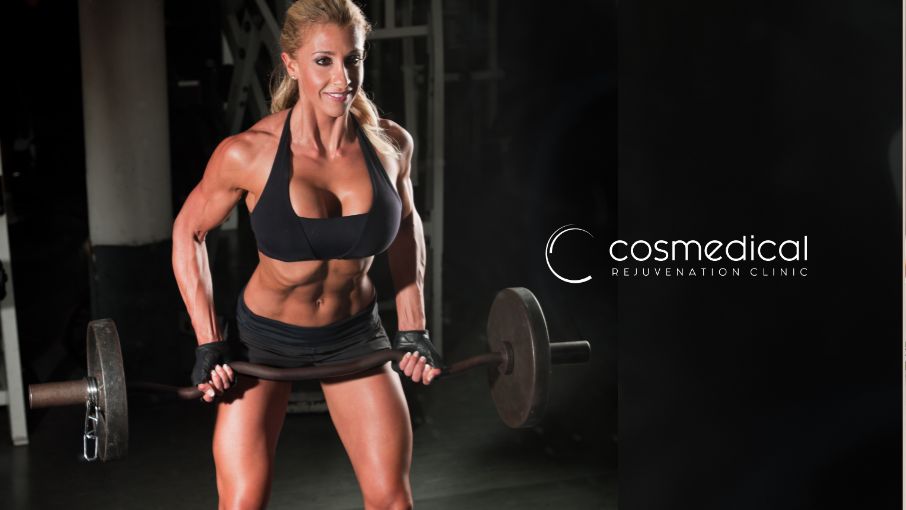
Breast Augmentation For Weightlifter Over Or Under The Muscle
When considering breast augmentation, weightlifters face a critical decision: should implants be placed over (subglandular) or under (submuscular) the pectoralis major muscle? This choice significantly impacts recovery, performance, and aesthetic outcomes.
Submuscular Placement (Under the Muscle)
Advantages
Natural Appearance: Placing implants beneath the muscle provides additional tissue coverage, leading to a more natural look, especially in individuals with minimal breast tissue.
Reduced Rippling: The muscle layer provides more implant coverage, decreasing the likelihood of visible rippling.
Disadvantages
Extended Recovery: Weightlifters may experience a longer recovery period before resuming upper body workouts. A study found that women with submuscular implants took an average of 7.2 weeks to return to their normal weight-training routines.
Muscle Interference: Engaging the pectoralis major during exercises can cause implant movement or distortion, potentially affecting performance and causing discomfort.
Subglandular Placement (Over the Muscle)
Advantages
Quicker Recovery: Since the muscle remains undisturbed, recovery time is typically shorter, allowing a faster return to weightlifting activities.
No Muscle Distortion: Implants are unaffected by pectoral muscle contractions, eliminating concerns about movement or distortion during exercise.
Disadvantages
Visible Imperfections: If you have low body fat or minimal breast tissue, implants may be more noticeable because there's less tissue to cover them. This can lead to an increased risk of implant visibility and rippling.
Considerations for Weightlifters
For those engaged in weightlifting and bodybuilding for competitive purposes, subglandular placement might be a better option due to the absence of muscle interference and a quicker return to training. However, it's essential to weigh these benefits against the possibilities of visible implant imperfections and a higher risk of capsular contracture. On the other hand, while submuscular placement offers a more natural appearance and reduced rippling, it may negatively impact performance and prolong recovery.
Recent advancements, like subfascial placement (positioning the implant beneath the fascia but above the muscle), aim to combine the benefits of both methods. This technique seeks to minimize complications like capsular contracture while avoiding muscle distortion during physical activities. For example, in an article published in the Aesthetic Surgery Journal in 2020, subfascial placement was associated with an "extremely low rate of capsular contracture."
Ultimately, the optimal implant placement should be determined through a detailed consultation with Dr Kesarwani, taking into account your unique anatomy, aesthetic goals, and exercise routines.